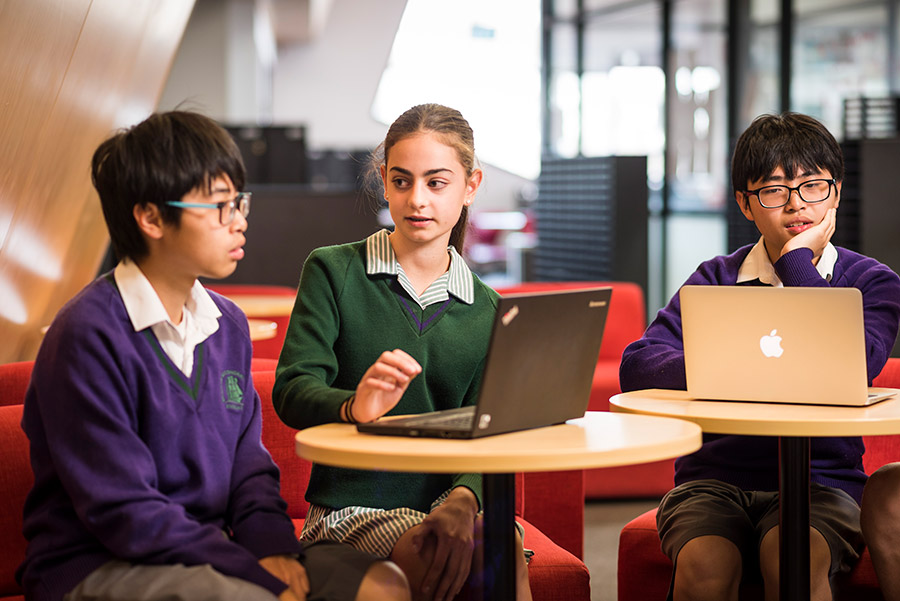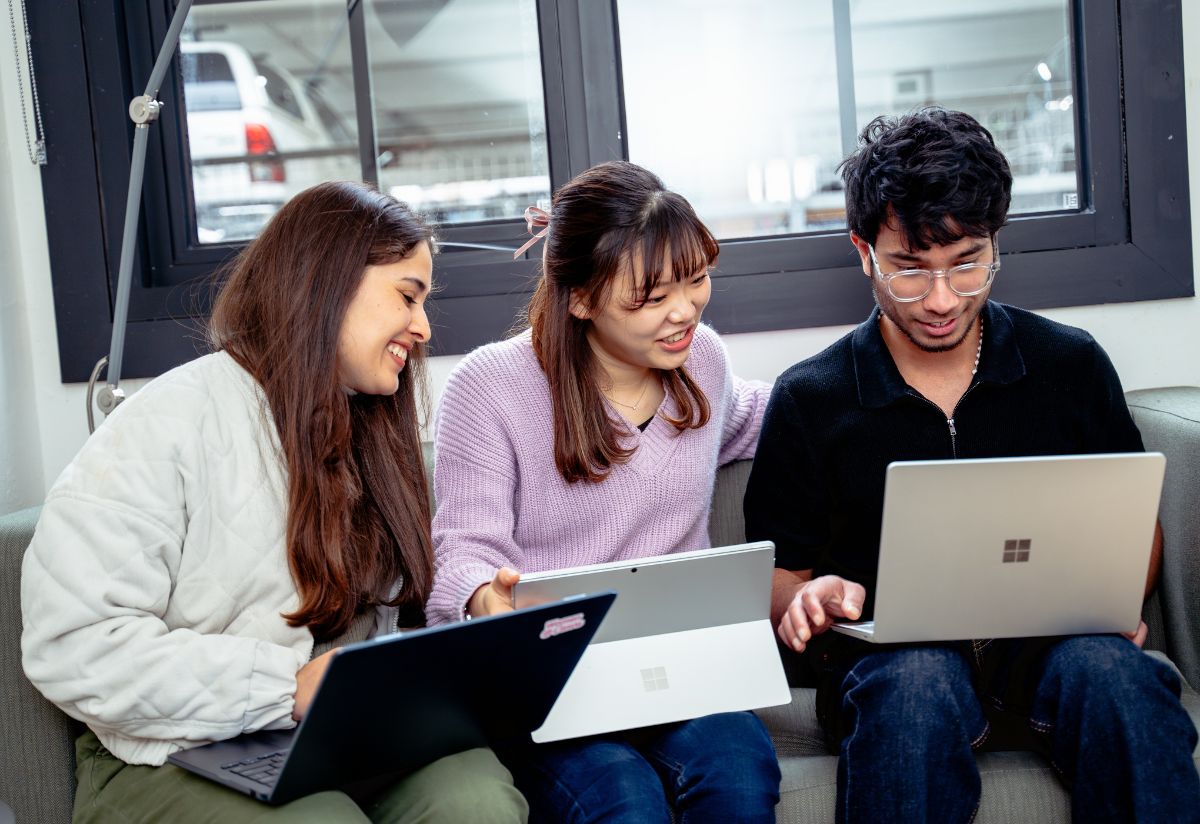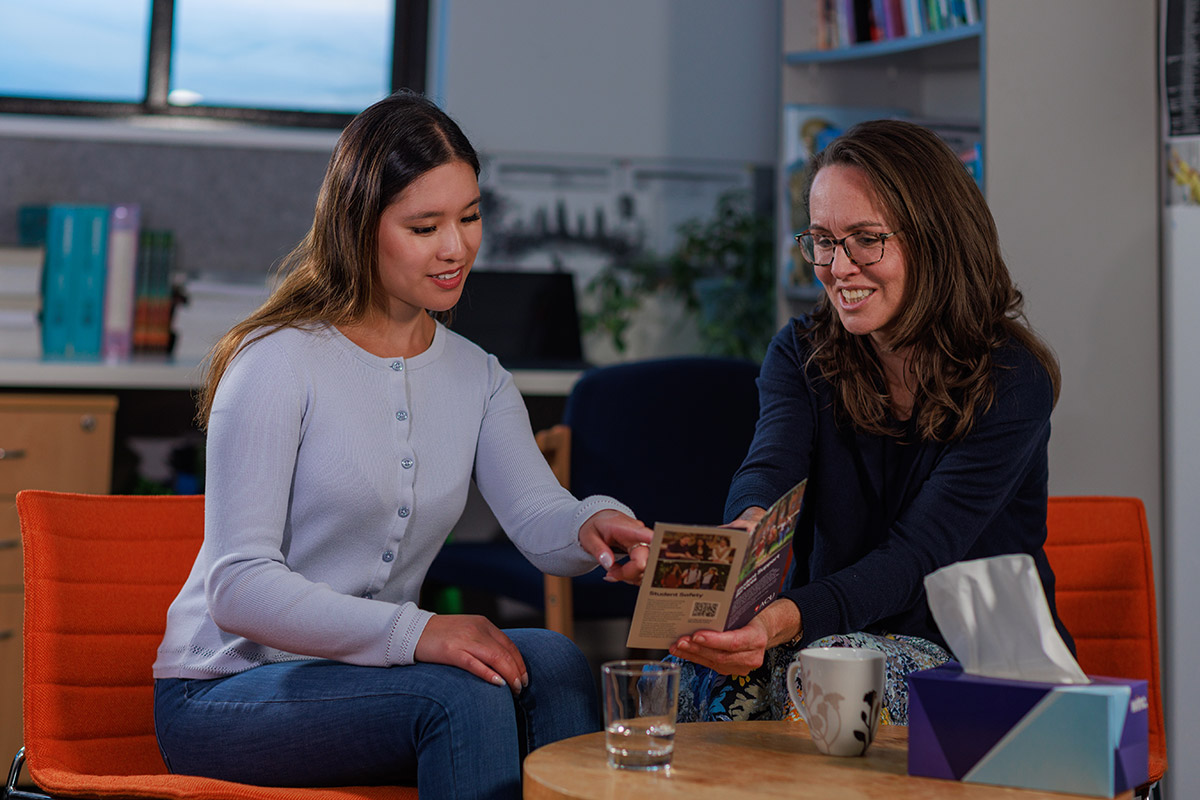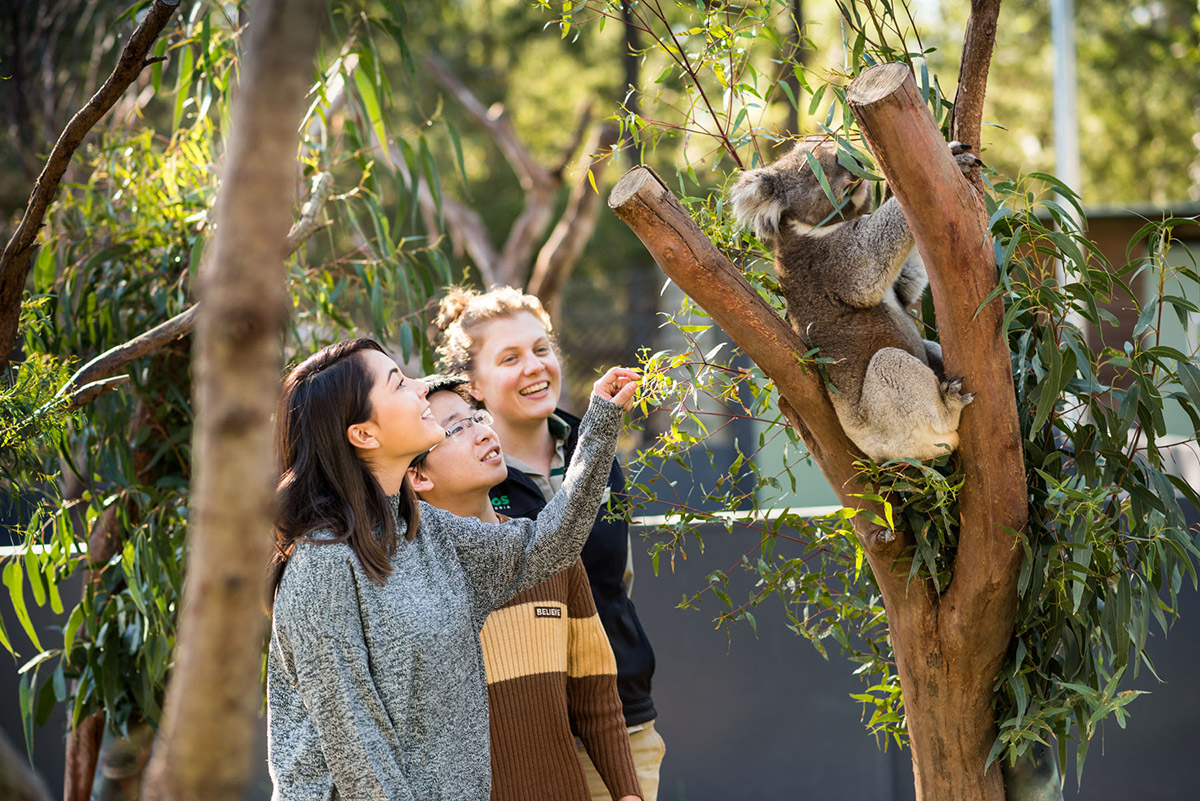In Australia, education begins in primary school, then continues to secondary school and through to tertiary education.

Schools
Victorian school education starts with primary. Children attend school from age 5 to 12.
After primary school, children attend secondary school from age 12 to 18.
Students attend school from around 8.30am to 3.30pm, Monday to Friday.
School terms
Each school year is made up of 4 terms.
The school year starts in late January or early February and ends in December. There is a short holiday between terms and a longer summer holiday in late December and the month of January.
Girls and boys learn together
Most Victorian government schools teach boys and girls together. There are some single gender private schools available.
Learning English at school
Around 25% of Victorian school students are from language backgrounds other than English. Many schools offer extensive English as a Second Language (ESL) programs.
Bilingual programs in schools
Some schools offer bilingual programs or programs in other languages, such as Mandarin, Vietnamese, Indonesian, and German.
Secondary school qualifications
Victorian Certificate of Education
The Victorian Certificate of Education (VCE) is the official government secondary qualification. The VCE is considered for entry to universities in Australia and overseas.
Students work towards the VCE in their senior high school years.
International Baccalaureate
Many Victorian schools also offer the International Baccalaureate, an internationally recognised secondary school qualification.
To learn more about studying in a Victorian primary or secondary school, visit the Department of Education and Training, Victoria website.
Page last updated:




